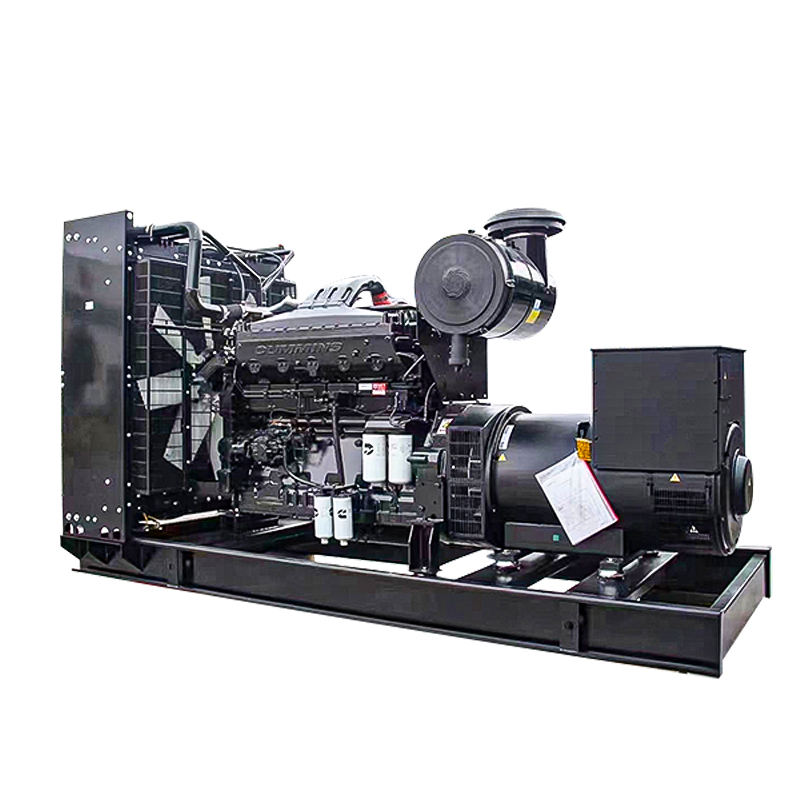Introduction
If you've ever been around a generator set, you know how noisy it can be. In fact, generator noise can reach up to 115 decibels, which is equivalent to the sound of a chainsaw. This noise pollution can be a nuisance and even harmful to your health. That's why it's essential to implement generator set noise reduction techniques. In this article, we'll explore the most effective methods to minimize generator noise.
Understanding the Sources of Generator Noise
Before we dive into generator set noise reduction techniques, let's first understand where the noise is coming from. Generally, generator noise can be categorized into two types: mechanical noise and exhaust noise.
Mechanical Noise
Mechanical noise is generated by the engine and its moving parts, such as the alternator, crankshaft, and gears. This type of noise is usually high-pitched and can be reduced by using soundproof enclosures, vibration isolators, and acoustic insulation materials.
Exhaust Noise
Exhaust noise, on the other hand, is produced by the generator's exhaust system. This type of noise is typically low-frequency and can be reduced by using mufflers, silencers, and exhaust resonators.
Now that we understand the sources of generator noise let's explore the top generator set noise reduction techniques.
Soundproof Enclosures
Soundproof enclosures are one of the most effective ways to reduce generator noise. These enclosures are made of acoustic insulation materials and are designed to encase the generator set. By doing so, they absorb and reflect the noise, reducing its intensity. Soundproof enclosures can reduce generator noise by up to 20-30 decibels.
Mufflers and Silencers
Mufflers and silencers are designed to reduce exhaust noise by dissipating the sound energy. They work by creating a series of baffles and chambers that cause the exhaust gases to expand and contract, which reduces the noise. Mufflers and silencers can reduce generator noise by up to 10-15 decibels.
Vibration Isolators
Vibration isolators are used to minimize the transfer of vibrations from the generator set to the surrounding structure. This reduces the amount of mechanical noise generated by the generator. Vibration isolators can be installed on the generator's mounting points, and they can reduce generator noise by up to 10-15 decibels.
Acoustic Insulation Materials
Acoustic insulation materials are used to absorb sound waves and prevent them from reflecting off surfaces. These materials can be used in conjunction with soundproof enclosures to further reduce generator noise. Acoustic insulation materials can reduce generator noise by up to 5-10 decibels.
FAQs
Here are some frequently asked questions about generator set noise reduction techniques.
How much does it cost to soundproof a generator set?
The cost of soundproofing a generator set depends on several factors, such as the size of the generator, the type of soundproofing material used, and the installation cost. On average, you can expect to pay between $500 to $5,000 for a soundproof enclosure.
Can I install a muffler on an existing generator set?
Yes, you can install a muffler on an existing generator set. However, it's essential to choose the right muffler that's compatible with your generator's exhaust system. It's best to consult with a professional to ensure proper installation.
How often should I replace my generator's muffler?
A generator's muffler should be replaced every 2-3 years, depending on usage. Regular inspection and maintenance can help extend the lifespan of the muffler.
Conclusion
Generator set noise reduction techniques are essential for creating a quieter and more peaceful environment. By implementing soundproof enclosures, mufflers, silencers, vibration isolators, and acoustic insulation materials, you can significantly reduce generator noise. If you're unsure about which generator set noise reduction techniques to use, consult with a professional to find the best solution for your needs.





